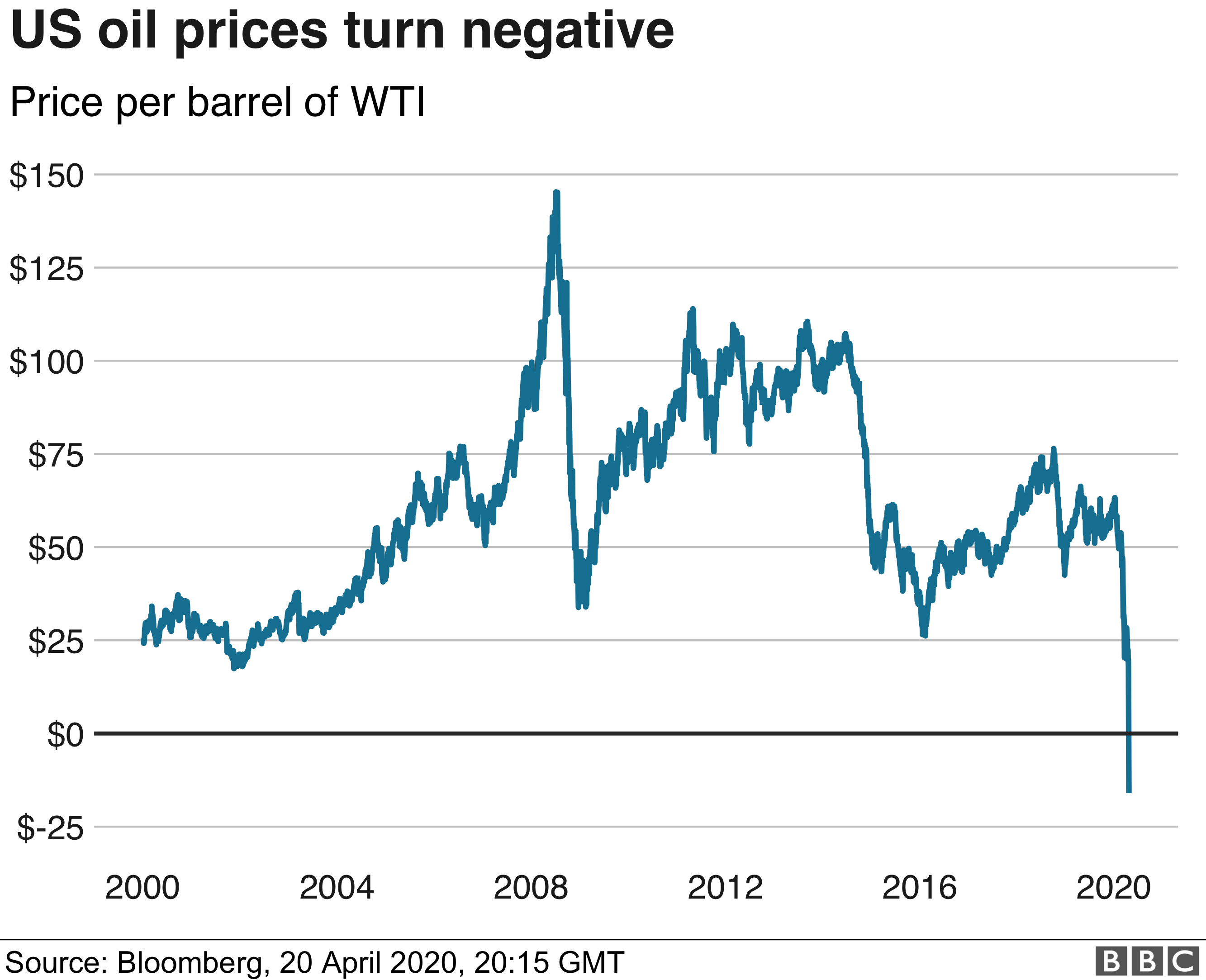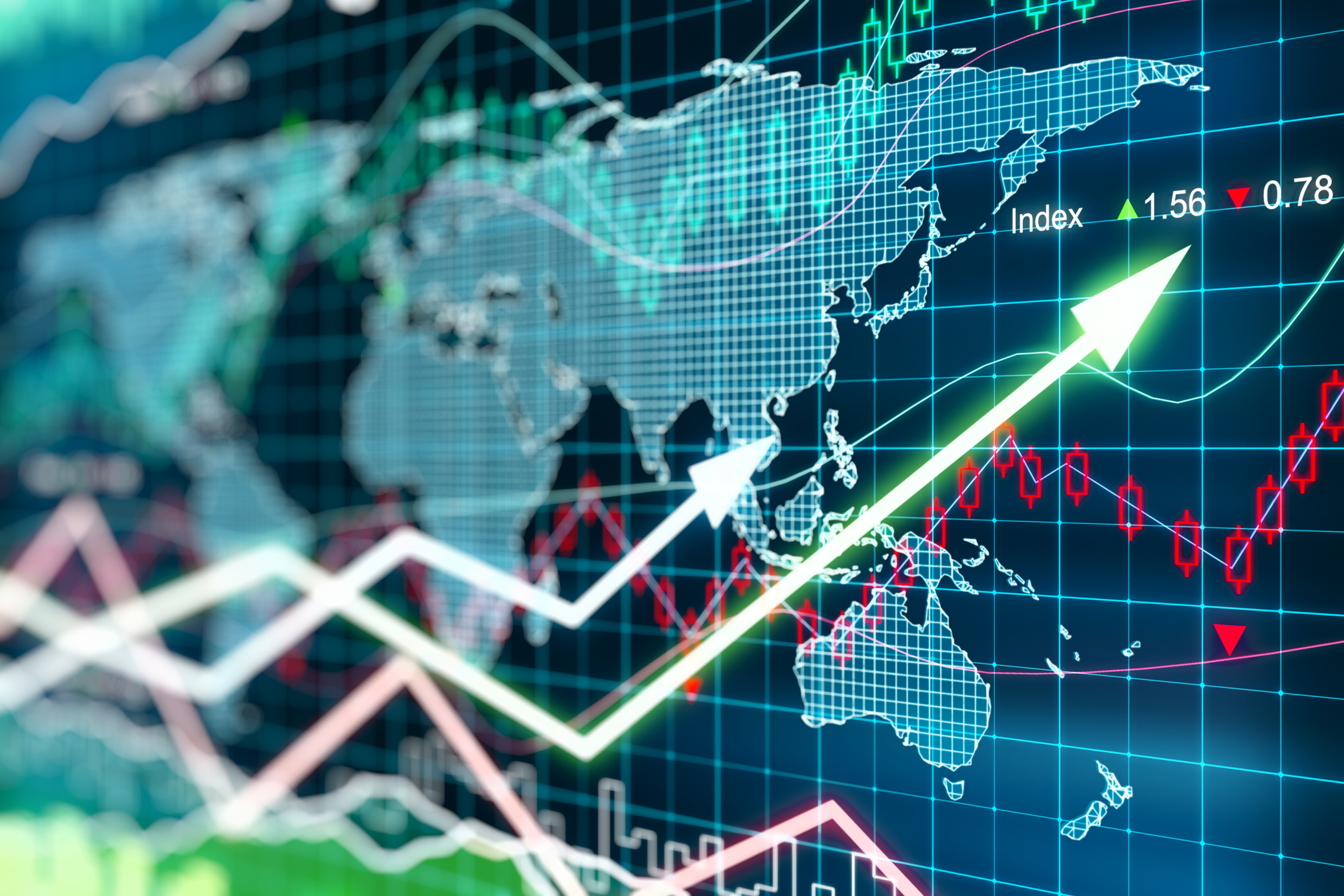In my previous post discussing China, I drew a distinction between two modalities of foreign investment, debt-based (providing a loan with the expectation of payback) and equity-based (providing capital for a share of the profits). I portrayed debt-based as the less-noble of the two, in which the capital-rich party takes on less risk for a mostly guaranteed upside on the back of someone else’s labor. Equity-based investment, on the other hand, shields the recipient from downside, while the capital-rich party risks losing their investment.
Generally, the moral distinction is hard to argue. Given the choice between receiving an investment and receiving a loan, few would choose a loan. However, the two accomplish effectively the same thing: giving an individual the capital necessary to create wealth, who will share some with the provider of said capital.
Despite this, ordinary people seem to be inundated with debt while having very little access to equity-style investment. We have home loans, car loans, student loans, and lay-away, while investment is reserved for startup companies in new fields, established businesses, and large infrastructure. Why won’t someone invest in my homeownership?
One reason is that homes and cars aren’t wealth-generating assets[1]. Though houses can appreciate in value, there are numerous risks associated with actually owning the home, and there’s no incentive for an investor to participate in those risks rather than just invest in the housing market more generally. Cars depreciate the moment they leave the dealership, with the only possible return being access to jobs for the owner. Creating a contract that would allow for profit-sharing in this scenario is too complicated for investment, so instead the government steps in as arbiter of all externalities with welfare programs. However, some have proposed private investment in the poor as well[2].
A college education, on the other hand, is a wealth-generator. Though debt is the norm for many reasons, income-sharing programs are becoming increasingly popular[3][4], especially for software engineering bootcamps (which are closer to vocational training than a college education). Income-share agreements waive or reduce tuition for students that agree to pay a portion of their future income for a given period. The institution effectively invests in the student’s future.
There is one place in the world where banks will invest in your homeownership, in a way. For a long time, usury (collecting interest on a loan) was illegal primarily for religious reasons[5], and today some Islamic banks still follow that precept. Despite not being allowed to collect on debt, they still manage to emulate many western-style bank services[6] and even exist in the US[7]. For example, rather than loaning you money to buy a house and taking the house as collateral, the bank may buy a house they believe to be a wise investment and lease it to you until you’ve paid off its full value. And though most American small businesses in need of capital must turn to debt (though equity investment is available[8]), these banks can only offer equity investment or loans in which payback is contingent on profits.
Though a life without debt may seem nice, debt undoubtedly serves a purpose. Granting investment requires more confidence than giving out a loan due to the lack of legal recourse or collateral in the case of defaults. As a result, it would be much harder to own a home, attend school in a less lucrative field, or get access to the impact-multiplying effects of capital injection. Indeed, despite the clear benefits of Islamic-style bank programs, they’re criticized internally[9] and have relatively low popularity. Another important note is that debt allows banks to effectively create additional money, pulling economic growth out of thin air (with some caveats[10]). Modern monetary policy relies on this behavior, so it’s unlikely debt is going away any time soon.
[1] https://www.forbes.com/sites/jamiehopkins/2018/07/28/housing-is-not-a-good-investment-its-a-service/#3f15e5f95c9d
[2] https://www.startribune.com/how-investing-in-the-poor-creates-wealth-for-all/307187611/
[3] https://archive.is/KOCNc (https://www.wsj.com/articles/instead-of-tuition-students-give-schools-cut-of-future-salaries-11577804401)
[4] https://www.theatlantic.com/education/archive/2018/06/an-alternative-to-student-loan-debt/563093/
[5] https://aeon.co/essays/how-did-usury-stop-being-a-sin-and-become-respectable-finance
[6] https://omanlawblog.curtis.com/2012/07/islamic-banking-brief-introduction.html
[7] https://www.cnbc.com/2016/12/02/under-the-radar-islamic-banks-rise-in-th.html
[8] https://www.sba.gov/funding-programs/investment-capital
[9] https://financialtribune.com/articles/economy-business-and-markets/39654/usury-free-banking-flawed
[10] https://www.forbes.com/sites/francescoppola/2017/10/31/how-bank-lending-really-creates-money-and-why-the-magic-money-tree-is-not-cost-free/#644740dc3073








